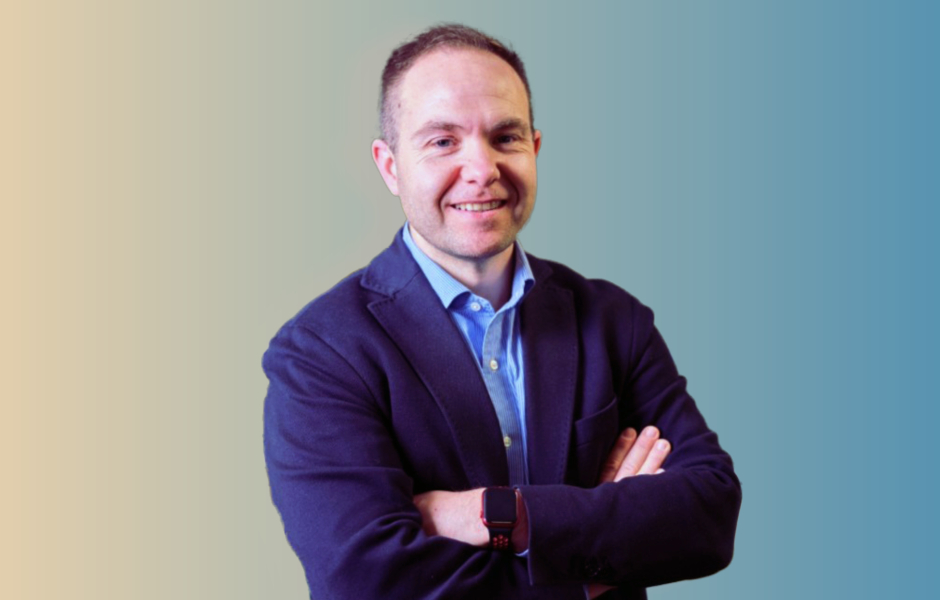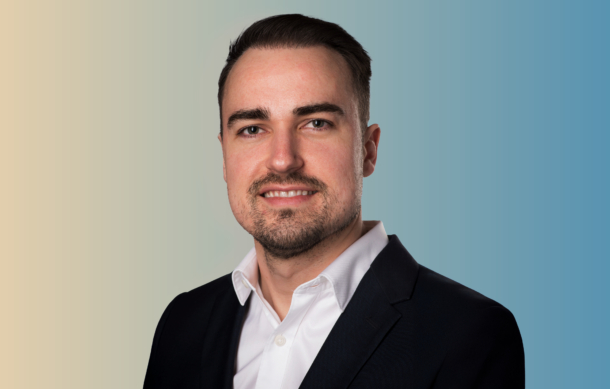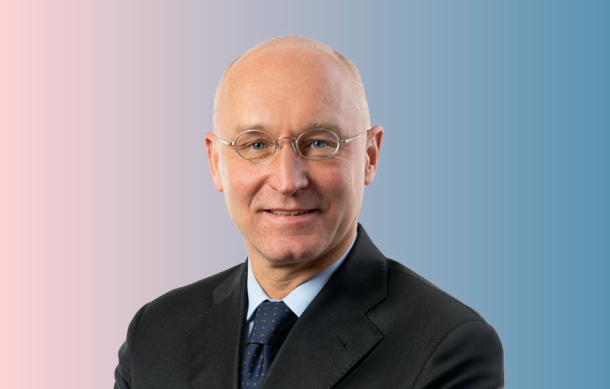Jaime Manzanera, EMEA Brand Director, Oncology, Eisai, shares his perspective on maximising ROI in pharmaceutical marketing, the role of emerging technologies like AI and more
Interview by Jade Williams
Which marketing strategies usually deliver the highest return on investment for a pharmaceutical organisation, and why?
In my experience, what delivers the highest ROI in our sector is anything planned and coordinated in collaboration with all relevant stakeholders – involving them from the idea/concept generation up to the execution. You may have a great product in terms of efficacy, safety, or convenience, but if you don’t consider customer needs and preferences, patient circumstances and your internal capabilities, you won’t get the best out of anything.
That said, it’s still proven that face-to-face interactions, either commercial or medical, are considered the most impactful and relevant. Despite the many advances that digital channels offer, there are still many reports confirming that HCPs really appreciate the added value that a well-trained and knowledgeable representative or MSL offers.
Finally, consistency is critical. Visual identity and the continuity of our communication are fundamental. Nowadays in the industry we continuously mention omnichannel as our way of working, but it’s critical to ensure a smooth transition from one channel to the other. And that requires integration.
But to focus on one specific action that delivers the highest ROI, I would say ensuring the CRM is integrated with any activity and ensuring enough tracking and analysis of execution. That will ensure that you quickly address any deviation in the implementation of the activities or even stop those that are dramatically underperforming.
Thinking about 2025, what emerging trends or technologies are capturing the interest of the sector?
Nowadays, Gen AI is a trending topic in all areas of our lives and the pharmaceutical sector is no exception. However, while I admit I’ve paid attention to the opportunities that this technology offers, it’s also true that we need to be careful about how much effort we put behind it versus the real ROI. Going back to the previous question, success is not about creating fancy solutions – it’s about excellent execution.
AI offers huge potential and will impact multiple areas in the pharmaceutical sector, from drug discovery to clinical development and even ensuring optimal interactions with healthcare professionals.
At the same time, ChatGPT or similar solutions have arrived to change the way humans work. This type of service integrates with our smartphones and, one way or another, will optimise people’s way of working. That said, we also need to pay attention to potential biases associated with the way these technologies have been developed to minimise potential errors inherent to the development of Gen AI. Exciting times ahead!
Are there any areas where you anticipate less or decreasing focus in 2025, and what’s driving this decreasing interest?
I think the industry has put a huge effort into the development of virtual platforms, webinar solutions and interactive engagements with our customers after the disruption caused by COVID-19.
While I acknowledge the increased demand for video engagement and video consumption in the last two to three years, it’s also evident that there is now a decrease in the demand for this type of solution due to a saturation of the market. I think HCPs have been exposed to a huge offering of content and, currently, we are observing that customers are prioritising and becoming more selective with their sources of information. Therefore, I predict a decrease in video and virtual interaction in favour of other physical engagements, which could be standalone or complemented with video content.
How do you balance leveraging tried-and-tested strategies with exploring new, potentially disruptive approaches in your role as a leader?
We work in a sector that is innovation driven. It’s in our DNA, as we offer products and services which primarily come from a huge investment in R&D. Therefore, it’s inevitable to see a general interest in offering innovative approaches to facilitate access to information and services. However, despite many big players being early adopters of new technology, many new concepts fail due to a lack of ROI or applicability. This makes it even more important to be very selective of the initiatives we explore.
In my opinion, following the Think Big approach and the LEAN methodology described by Eric Rice – start small and scale fast – is crucial to identifying and improving new and disruptive solutions. At the same time, it’s very important to build the proof of concept quickly and capture customer insights early enough in the process to initiate an iterative approach that incorporates changes and improvements very quickly.
Thus, understanding your customer needs and behaviours, as well as listening to their sentiments and reactions to new technologies, becomes fundamental in the discovery and planning phase. This will help any commercial and strategic lead to make the best choice and leverage the best of the two worlds: the well-tested solutions and the innovative and disruptive approaches.









